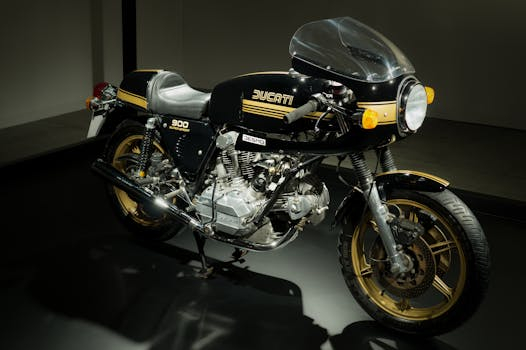Police Cars: Iconic Designs Through the Years
In the world of law enforcement, the police car is an essential tool for keeping our communities safe. From the early days of police work to the modern era, these iconic vehicles have undergone significant changes in design and functionality. Each generation of police cars represents the values and needs of its time, and their evolution is a reflection of our society’s progress. This article will take you through a journey of the iconic designs of police cars throughout the years and explore how they have shaped law enforcement. 
The Early Days of Police Cars
In the early 20th century, police cars were a relatively new concept. The first recorded use of a police car was in 1899 in Akron, Ohio, where an electrically powered car was used to transport prisoners. However, it wasn’t until the 1920s that police cars became widely adopted by law enforcement agencies across the United States.
During this time, police cars were mostly modified versions of civilian vehicles, such as the Ford Model T and the Buick Roadster. These early police cars had a simple design, with a beacon light mounted on the roof and hand-painted “Police” lettering on the sides. They were used primarily for patrolling and responding to emergency calls.
The Introduction of the Police Sedan
In the 1930s and 1940s, police cars took on a more sophisticated form with the introduction of the police sedan. Car manufacturers, like Chevrolet and Ford, began producing specially designed sedans for law enforcement use. These sedans had a larger interior space, making them more practical for transporting prisoners and equipment.
One of the most iconic police car designs of this era was the 1937 Ford Model 74. It was equipped with a powerful V8 engine and provided ample space for two officers to sit side by side in the front. The car also had a unique “dual-cowl” body design, which gave it a distinctive look compared to other cars of the time.
The Muscle Car Era
The 1960s and 1970s saw a shift in the design of police cars as manufacturers began to produce more powerful vehicles with larger engines. This was the era of the “muscle car,” and police departments wanted cars that could keep up with the fast-paced criminals of the time.
The most iconic police car of this era was the 1970 Dodge Challenger. This high-performance vehicle was equipped with a 440-cubic-inch V8 engine, making it one of the fastest police cars on the road. The car’s sleek and aggressive design made it a popular choice for many law enforcement agencies.
The Rise of the Police SUV
In the 1990s, police departments started to move away from traditional sedans and towards larger, more versatile vehicles. The police SUV became the new standard for law enforcement, offering more space, better handling, and greater off-road capabilities. The 1997 Ford Expedition was one of the first SUVs to be specifically designed for police use, and it quickly gained popularity among law enforcement agencies.
The 2000s saw a surge in the use of police SUVs, with the introduction of the Ford Explorer Police Interceptor and the Chevrolet Tahoe PPV. These vehicles were specifically designed to meet the needs of law enforcement, with features like reinforced frames and bullet-resistant door panels.
Modern Police Cars: A Blend of Functionality and Technology
Today, police cars are a far cry from the simple sedans of the past. They are equipped with the latest technology to assist officers in their day-to-day work and improve safety on the road. Many modern police cars have features like GPS tracking, blind-spot monitoring, and automatic brakes. They are also designed to be more fuel-efficient, helping to reduce the overall cost for law enforcement agencies.
The most recent addition to police car designs is the integration of electric and hybrid vehicles. Police departments across the country are adopting these eco-friendly cars, which offer cost savings and a reduced carbon footprint.
The Future of Police Car Design
As technology continues to advance, we can expect to see even more changes in the design of police cars. The use of autonomous vehicles and drones for law enforcement purposes is already being explored, and it won’t be long before we see them being used in everyday police work.
Another emerging trend is the customization of police cars to reflect the individuality of each law enforcement agency. This could include unique paint colors and designs, as well as specific equipment and features tailored to the needs of each department.
In Conclusion
The design of police cars has come a long way since their humble beginnings. From basic sedans to high-performance muscle cars, and now, advanced technology-equipped vehicles, these iconic designs have shaped the history of law enforcement. As we look towards the future, it’s exciting to see how police cars will continue to evolve and play a crucial role in keeping our communities safe.










